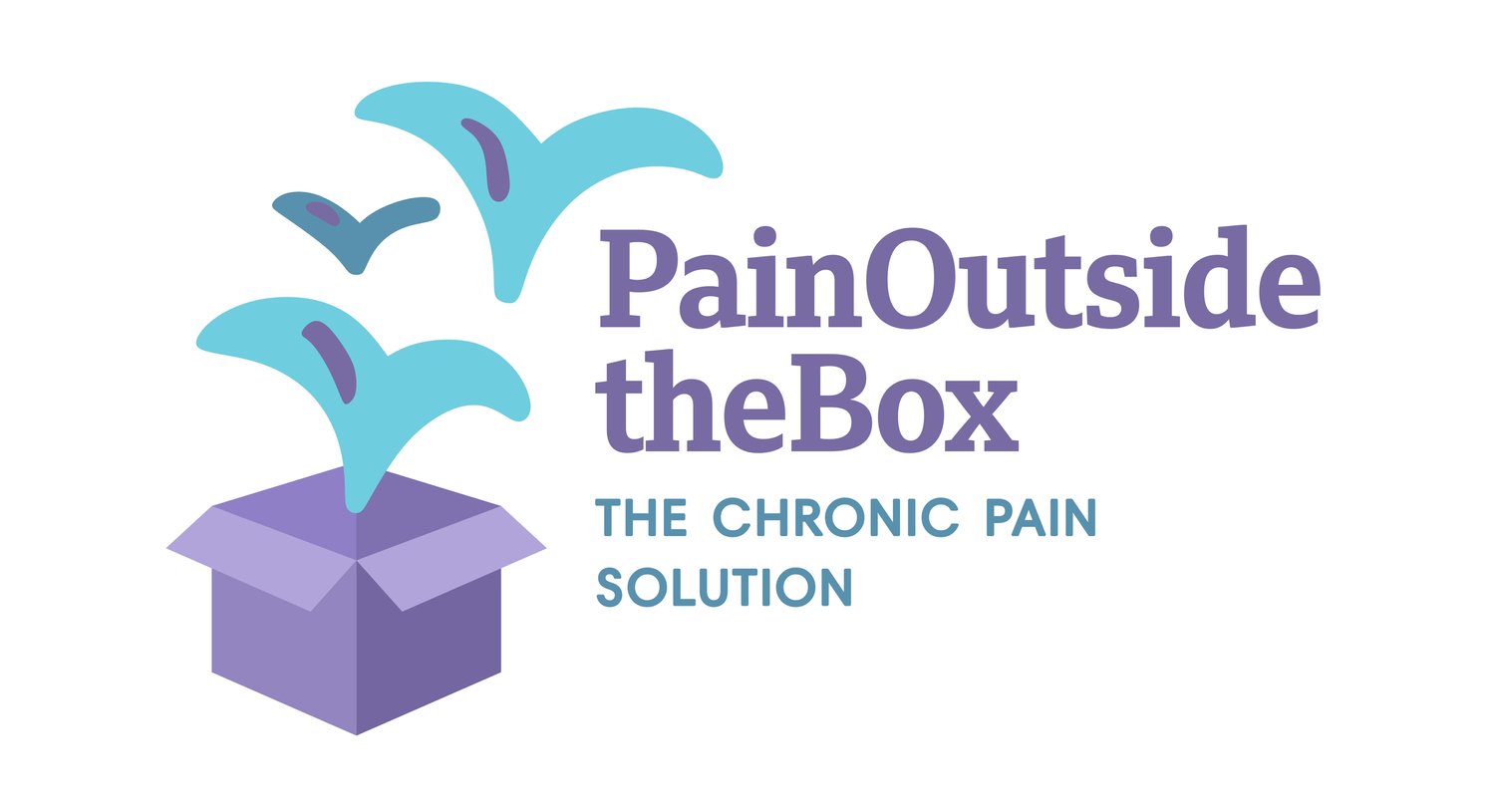What Happens when We Stop Giving Meaning to Our Pain
If you’ve been living with chronic pain for a while, you know that pain can become a dominant aspect of your life, consuming you mentally and physically. You likely go about your day trying to prevent the worst of it. Maybe as it flares up, you start hating your life, and you look to the future with dread. Being in pain for the rest of your life is your worst nightmare.
I was in exactly that place 9 years ago, and it was the most disempowering time of my life.
But have you ever considered how things would be if you simply viewed the pain in isolation, without attaching the additional stories or judgements? When my psychotherapist introduced me to mindfulness meditation, I personally was incredulous at the fact that this possibility existed. I taught it wasn’t possible not to feel upset or fearful of the pain, because I’d been judging the pain as ‘bad’ and unwanted. Yet it turns out, it is definitely possible, and today we’ve got more tools to help us get there!
The Mental Weight We Attach to Pain
When pain lingers for too long, we naturally begin to worry about it. We start thinking about what it could mean for our lives — and that’s when things get tricky. Over time, we start attaching layers of meaning to our symptoms, which can amplify the problem in ways we might not even realize.
For example, each time you feel pain, you might think:
It could mean I need surgery... or that something is seriously wrong with my health.
It might mean I’ll have to give up my favorite activities... or even my job!
That could lead to unhappiness, or even financial instability.
And maybe my friends and family won’t understand, causing me to drift away from them...
Do you see how easily these thoughts spiral? What started as physical pain becomes a web of fears, anxieties, and worst-case scenarios. You attach the possibility that this pain could ruin your life in more ways than one.
The Hidden Impact of Demonizing our Pain
Adding these extra layers of meaning is common among chronic pain sufferers, and most people do it unconsciously. Yes, the pain is real, and yes, it often recurs. But the reason it tends to linger or pop up in similar situations is not just because your body is broken beyond repair. It’s because of the mental weight we give to it — the fears and expectations that build up in our minds.
When we think our pain means something serious or life-altering, we create a mental loop. Fear feeds into this loop, and that fear triggers a threat response in our brain. This response perpetuates the pain by causing a cascade of physiological responses in the body: stress hormones, increased pain perception, and muscle tightness. These responses can generate additional pain, getting us into what we call the fear-pain cycle.
But if we let go of the fear and observe the pain for what it is, without turning it into our enemy, then we can stop the cycle altogether.
The effectiveness of this process has now been proven through various studies, including the randomized clinical trial on Pain Reprocessing Therapy (See Ashar YK, Gordon A, Schubiner H, et al., 2022). Studies on mindfulness meditation that gives objective, non-judgmental attention to chronic pain have had similar benefits.
Pain Reprocessing Therapy - A Shift in Perspective
The first step in Pain Reprocessing is to remove the added meaning that you usually attribute to your pain. Instead seeing the pain as your worst enemy who is adamant about sabotaging your happiness, you separate from the symptoms by observing them more curiously, and with more acceptance!
Imagine what might happen if you could think of your pain simply as... pain. Not a sign of something worse to come. Not a roadblock to everything you love. Just a symptom that’s part of your experience right now, but not the definition of your life moving forward.
If you can shift your perspective and let go of the extra weight attached to your symptoms, it’s possible that your experience of pain will start to change. It might not disappear overnight (although it could too!), but you may find that it becomes less overwhelming. You’ll be able to focus on the things you can still do and enjoy, rather than on those that you cannot do right now. As part of this process, you’ll create more positive experiences in the present moment, which will help your brain shift out of fear into more peace and safety. This shift is crucial for healing chronic pain that is present due to having a dysregulated nervous system (neuroplastic pain that arises due to inner distress, such as unresolved trauma and repressed emotions).
Remember that if we are operating from fear and frustration, we are not able to think clearly and we won’t be able to make the best of our present situation. A fearful mind is a threatened mind, and under a state of threat, the brain is more likely to keep firing pain signals. If you look at it this way, it makes sense that by removing the threat, those pain signals will also get weaker. Most people who commit to the process find that they actually disappear altogether!
Remember the children’s story of the monster underneath the bed? We may laugh at a kid’s fear that there may be a monster lurking underneath his bed, but in reality, when we fear chronic pain, we’re buying into a similar fear: we fear that pain is this huge monster that’s threatening to destroy our lives. Instead, if we pursue mindbody and pain reprocessing work, we may come to realize that the pain is actually a friendly messenger, a sign from our body that we may need to love ourselves more. This is the very essence of mindbody healing.
So What’s Next?
Pain is always a present-moment sensation. It’s a way for the body to speak to us by alerting us to danger. This danger could occasionally be a physical danger like an injury or an infection, but in the majority of chronic pain cases that last for a long time, the ‘danger’ has more to do with emotional distress, our own fears and preoccupations.
Given this perspective, the pain we experience today certainly doesn’t have to mean anything about our past or our future! It is simply a message, but we so often attach the wrong meaning to this message, until we learn what’s really going on!
There are plenty of Resources that help you to reprocess pain these days. These include somatic tracking exercises and additional pain education that will make you more aware of unconscious emotions, harmful beliefs and responses.
Stay curious and watch how things progress. You might be surprised to see that monster shrink right in front of you, and eventually melting into nothingness!
6 weeks of Pain Reprocessing!
My Pain Reprocessing Techniques will help you achieve a crucial mindset shift from fear to empowerment. Try it with 30-day money-back guarantee.
Pain Free Breakthrough
Take a deeper dive by learning all about the mindbody approach to chronic pain: learn how to release negative emotions and how to break free of pain altogether!




